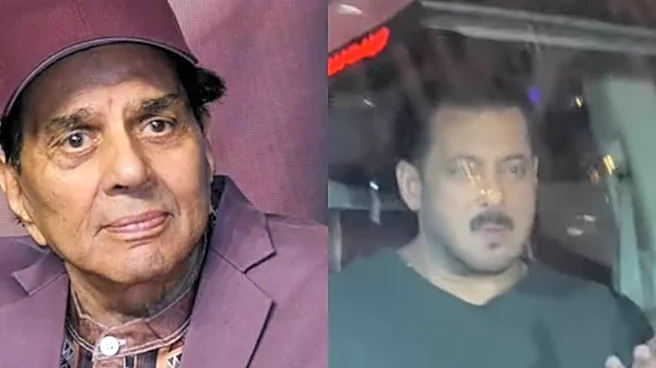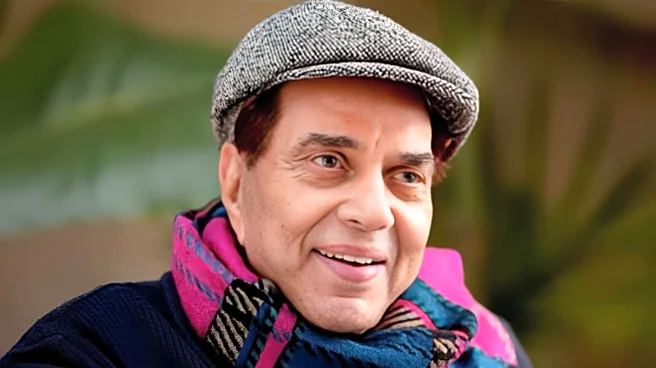For anyone who grew up watching Hindi cinema bloom in its golden years, Dharmendra wasn’t just a star, he was the heartbeat of an entire generation. That familiar smile, that soft voice, that blend of strength
and innocence… it made him feel like someone you’d grown up with, not just someone you watched on screen.
From Punjab’s Heartland to Bombay’s Dream
Born in Sahnewal, near Ludhiana, Dharmendra Deol arrived in Bombay with nothing but a dream. He wasn’t from a film family, didn’t have connections, and yet he carried that rare mix of innocence and fire that made the camera fall in love with him.
His early roles in the 1960s, quiet, charming parts in films like Dil Bhi Tera Hum Bhi Tere and Bandini, showed a young man who didn’t act to impress; he acted like he belonged.
Then came Phool Aur Patthar (1966), the film that changed everything. The sight of Dharmendra, shirt torn, muscles gleaming, yet eyes soft with emotion, redefined what it meant to be a hero. He wasn’t just the “He-Man” of Bollywood. He was its heart — vulnerable, loyal, passionate.
The Many Lives He Lived On Screen
Dharmendra’s filmography is a timeline of Indian cinema itself. In Satyakam (1969), he played an idealist crushed by corruption, a performance that critics still call one of the finest in Hindi film history. Then there was Mera Gaon Mera Desh, the rugged saviour of the masses, followed by Anupama, where he melted hearts with gentleness rather than swagger.
He could make you laugh till your stomach hurt in Chupke Chupke, or make you whistle with joy in Sholay. As Veeru, he wasn’t just Jai’s partner, he was everyone’s best friend, the man who’d die before he’d betray you. “Basanti, in kutto ke saamne mat nachna” that line still echoes through decades, because it wasn’t just dialogue; it was Dharmendra’s soul on screen: protective, playful, pure.
The Lover, The Fighter, The Family Man
On-screen and off, Dharmendra’s love story with Hema Malini became part of Bollywood legend. Together they gave us films like Seeta Aur Geeta, Dream Girl, and Raja Jani filled with a chemistry so natural, it almost felt like they were born to share frames.
Off camera, he remained what he always was, a man who valued love, loyalty, and laughter above all. His home videos, his candid interviews, his affectionate “beta” to younger actors, they all showed a gentle giant, a man who wore his stardom lightly and his heart openly.
The Legend Who Never Stopped Shining
Even as the decades rolled on, Dharmendra refused to fade. He reinvented himself from the romantic lead of the ’60s to the action icon of the ’70s, to the warm patriarch of the 2000s. Whether it was Apne or Yamla Pagla Deewana, there was always that same twinkle in his eye, that same warmth in his voice that made audiences smile again.
Dharmendra shared one of the longest and most successful collaborations in Hindi cinema with director Arjun Hingorani — a partnership that spanned over three decades, from 1960 to 1991. Their journey began with Dil Bhi Tera Hum Bhi Tere, which marked not only Dharmendra’s debut as an actor but also Hingorani’s first outing as a director with him in the lead. The duo went on to deliver several memorable films together, including Kab? Kyoon? Aur Kahan?, Kahani Kismat Ki, Khel Khilari Ka, Katilon Ke Kaatil and Kaun Kare Kurbanie, with Hingorani doubling up as producer and director. Their collaboration extended to Sultanat and Karishma Kudrat Kaa, both produced by Hingorani.
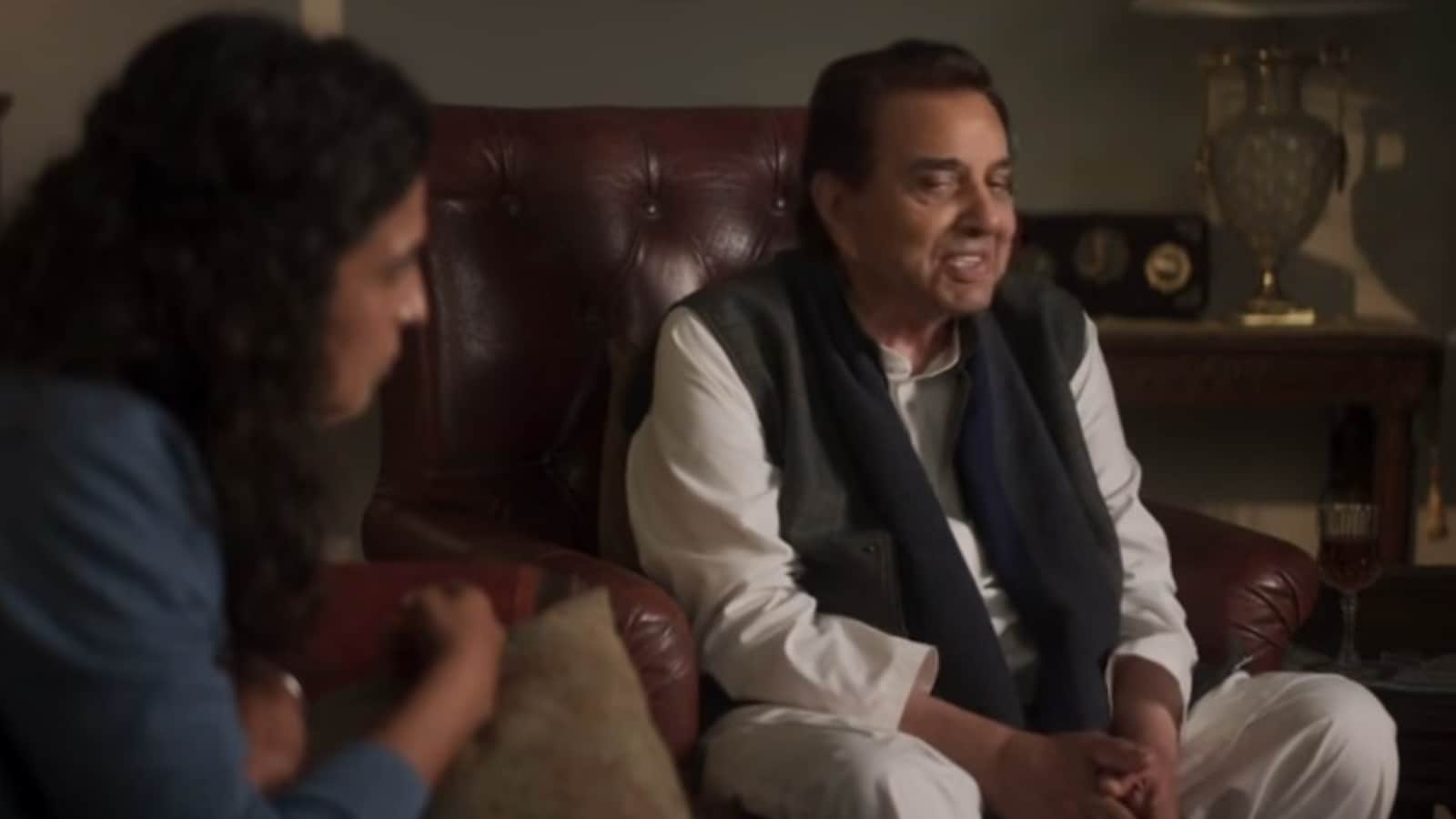
Beyond Hingorani, Dharmendra also built lasting creative bonds with other filmmakers. He teamed up with Pramod Chakravorty for hits like Naya Zamana, Jugnu, Dream Girl, and Azaad, each showcasing his effortless mix of charm and intensity. Another frequent collaborator, Anil Sharma, directed him in a string of successful action dramas — Hukumat, Elaan-E-Jung, Farishtay, Tahalka, and later Apne — films that reinforced Dharmendra’s enduring appeal across generations.
In 2023, he appeared in Karan Johar’s ensemble family drama Rocky Aur Rani Kii Prem Kahaani. He is next set to appear in Sriram Raghavan’s Ikkis (2025), based on the life of Arun Khetarpal.
A Goodbye We’re Not Ready For
It’s strange how someone you’ve never met can feel like family. For millions, Dharmendra wasn’t just an actor but he was a comfort, a memory, a slice of simpler times. His laughter in Chupke Chupke, his tears in Satyakam, his courage in Sholay — they’ve all become part of who we are.
He gave Bollywood its first real everyman hero, someone who could lift a villain with one arm and still melt in a woman’s gaze the next moment. He was strong, but never cold; heroic, but always human.
If cinema is meant to capture emotion, then Dharmendra was its beating heart. And even when the lights dim and the reels stop spinning, the warmth he left behind will keep flickering — like the last glow of a projector after the film has ended.
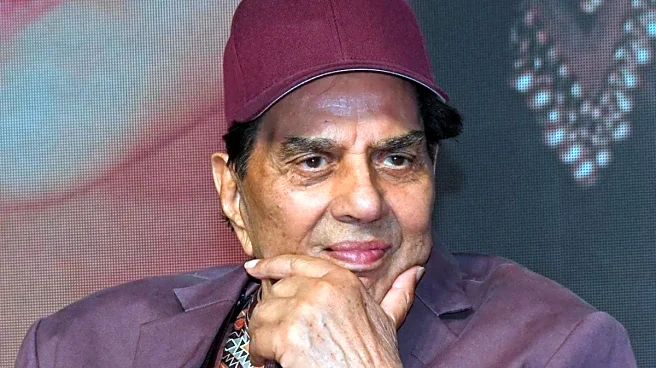


/images/ppid_59c68470-image-176283253207726771.webp)


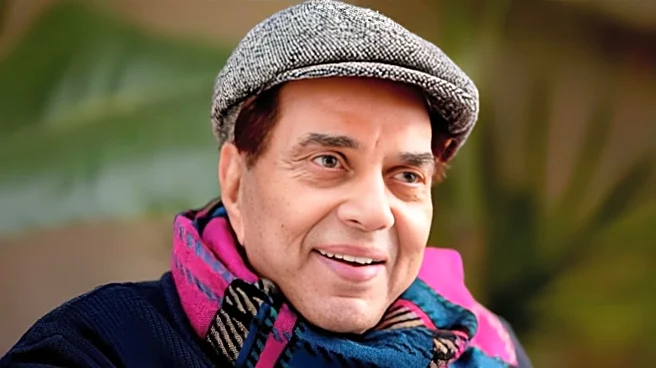

/images/ppid_a911dc6a-image-176279959791870378.webp)

/images/ppid_a911dc6a-image-176283104314871944.webp)
